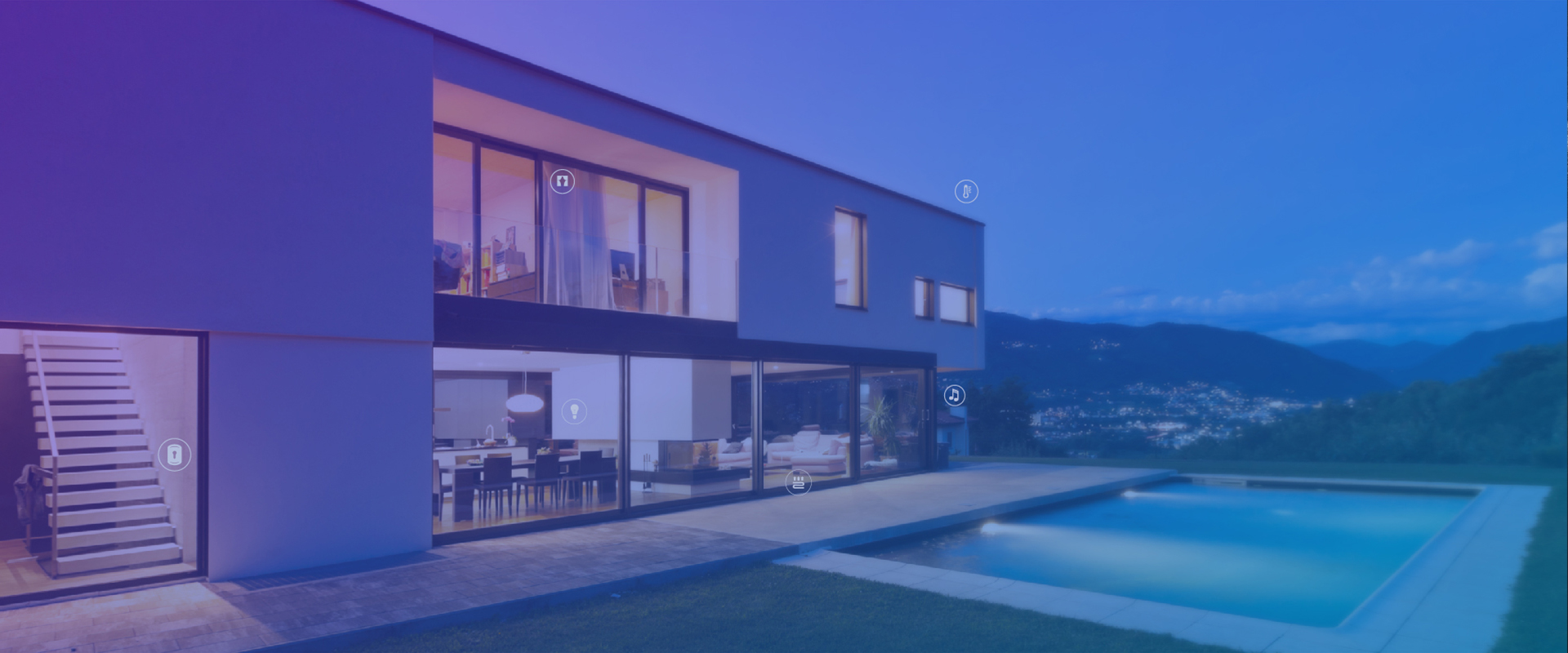The Ultimate Guide to Building Your First Home Automation System
Cuerpo
In today's fast-paced world, the concept of a home automation system has gained significant traction. But what exactly does it entail? Essentially, it refers to the integration of technology into your home, allowing you to control various devices remotely. This guide aims to provide a comprehensive understanding of how to build your first home automation system.

Understanding Home Automation Systems
A home automation system encompasses a variety of devices and technologies that work together to enhance your living experience. These systems can include smart lighting, security cameras, thermostats, and even appliances. The beauty of such a system lies in its ability to streamline daily tasks, improve energy efficiency, and provide enhanced security.
"Home automation is not just about convenience; it’s about creating a smarter, more efficient living environment."
Key Components of a Home Automation System
When embarking on your journey to create a home automation system, it is crucial to understand the key components involved. Here are some essential elements:
- Smart Hub: This acts as the central control unit for your devices, allowing them to communicate with each other.
- Smart Devices: These include smart bulbs, locks, and thermostats that can be controlled remotely.
- Mobile App: Most systems come with an app that enables you to manage your devices from anywhere.
- Voice Assistants: Devices like Amazon Echo or Google Home can enhance your system's functionality through voice commands.
Choosing the Right Devices
With a plethora of options available, selecting the right devices for your home automation system can be daunting. Consider the following:
- Assess your needs: Determine which areas of your home require automation.
- Compatibility: Ensure that the devices you choose are compatible with your smart hub.
- Budget: Set a budget to avoid overspending on unnecessary features.
For instance, the Philips Hue Smart Bulbs are a popular choice for smart lighting, offering a range of colours and remote control capabilities.
Integrating Your Home Automation System
Once you have selected your devices, the next step is integration. This process involves connecting your devices to the smart hub and configuring them through the mobile app. It is advisable to follow the manufacturer's instructions carefully to ensure a smooth setup.
Moreover, consider creating automation routines. For example, you could set your lights to turn on automatically at sunset or programme your thermostat to adjust the temperature when you leave home. Such features not only enhance convenience but also contribute to energy savings.
Conclusion
Building your first home automation system can be an exciting venture. By understanding the components, selecting the right devices, and integrating them effectively, you can create a smart home that caters to your lifestyle. Remember, the key to a successful system lies in its ability to adapt to your needs while providing convenience and security.
For a visual guide, check out this informative video on home automation systems.
References













Comentarios